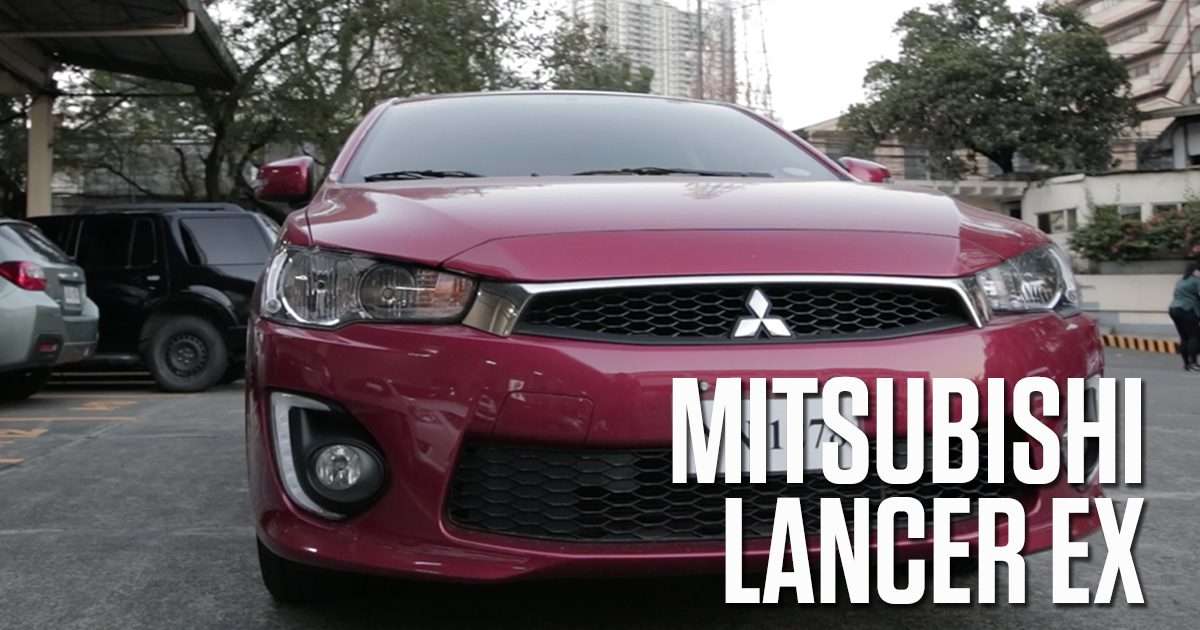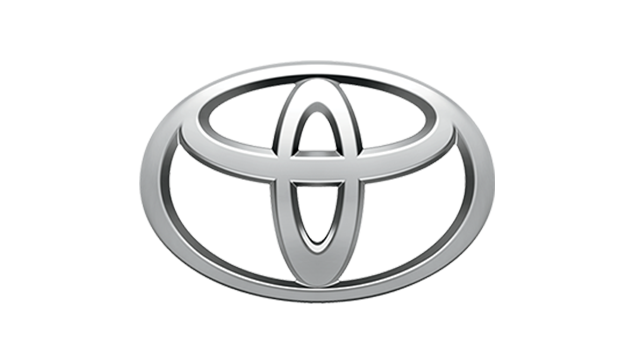![]()
Just like any major component, the air-conditioner will wear out eventually. The movement of refrigerant gas from high pressure to low pressure is what makes the cooling effect possible. The system isn’t complex, but all components have to be in good condition. When there is a drop in cooling efficiency, it’s time to have the system cleaned or recharged. If that doesn’t work, there might be a bigger problem lurking somewhere.
![]()
What you need:
*manifold gauge
*lamps
*set of professional-grade tools and special equipment
*refrigerant
*rags and fender mats to protect the car’s paint
![]()
Difficulty level:
Don’t attempt this unless you are a trained professional. Servicing an air-conditioning system requires special tools, lubricants, and refrigerants. This can be tricky if you’ve never done this kind of thing.
Things to check:
*If you are replacing refrigerant constantly, there is a leak in the system. A pressure test will reveal where the gas is escaping.
*If moisture has entered the system, this is bad news.
![]()
Here's why your cabin isn't cooling:
To simplify things, the air-conditioner moves refrigerant gas from the high-pressure side to the low-pressure side of the system. This is what creates the cooling effect. The components of the high-pressure side are the receiver/drier, condenser, and compressor. On the low-pressure side are the cooling coil and expansion valve. This valve is what controls the movement. The blower blows air on the cooling oil, and that is where the air from the vents comes from. Essentially, a car’s air-conditioner is a heat exchanger.
In my car's case, it turns out it is the cooling coil that has the leak. Not surprising as I haven’t changed it since new. This was determined by pressure testing the part. If the leak is deep within the cooling coil, the best thing to do is to have it replaced.
Any decent air-con repair shop will always show you if there is something broken before doing anything rash, but because they are still the original pieces that came from the factory, I decided to have the drier and expansion valve replaced as well. The blower and blower housing were then cleaned, and we tightened up the flaps of the fresh-air vent a bit so that exhaust from the outside doesn’t enter the cabin. I also lined the worn-out flaps with some bits of rubber to get a tighter seal, and I adjusted the lever to keep it shut even tighter. We reloaded the refrigerant and checked all the fitting for potential leaks. The job set me back nearly P10,000. Now I’m monitoring my compressor. I hope that it lasts a few more years.
Depending on the kind of use, the components that will fail first vary on a case-to-case basis. Don’t wait until it is too late to repair any damage.
![]()
Extra tips:
*Make sure that you use the proper refrigerant. The current standard does not harm the ozone layer.
*Don’t be taken for a ride. Find a shop that you can trust. Air-conditioner repairs don’t come cheap.
![]()
![]()
Note: This article originally appeared in Top Gear Philippines' May 2016 issue.










